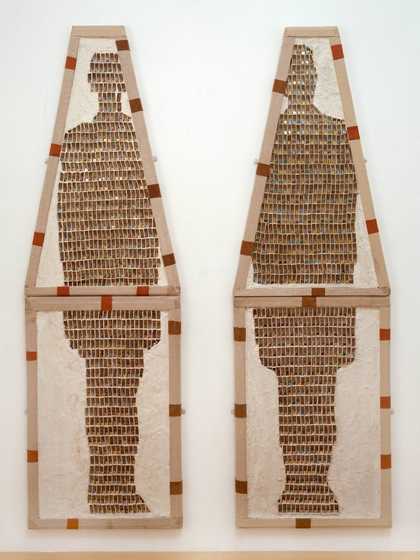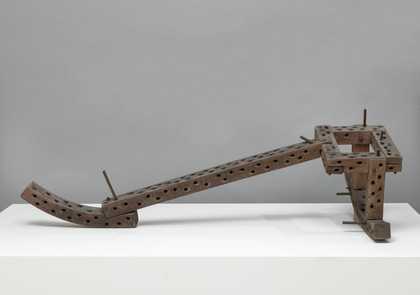Engage with the work of Paul Naegu, whose performances and sculptures invite participation
Movement and performance were central to Paul Neagu's art. He used his own body in events which he called ‘rituals’. His ‘palpable’ objects and ‘tactile’ boxes were made to be touched, opened and moved.
Born in Romania, Neagu came to Britain in 1969 after he was invited to exhibit at the Richard Demarco Gallery in Edinburgh. The same year, he published his Palpable Art Manifesto in which he argued that sculpture was more than just a visual artform.
The artist grouped his performances into three cycles which he called Blind Bite, Horizontal Rain and Going Tornado. Each cycle relates to the three ‘stages’ of awareness in Neagu’s philosophical system – developing from basic instincts through the structures of society to the spiritual level. He referred to his work as expressing ‘a transcendental aesthetic’.
The artist continued to live and work in Britain. He formed the Generative Art Group, whose members were himself and several fictitious artists. In the mid-1970s he opened the Generative Art Gallery in central London. Through such playful strategies Neagu was able to express different aspects of his creative personality.
Tate Modern



